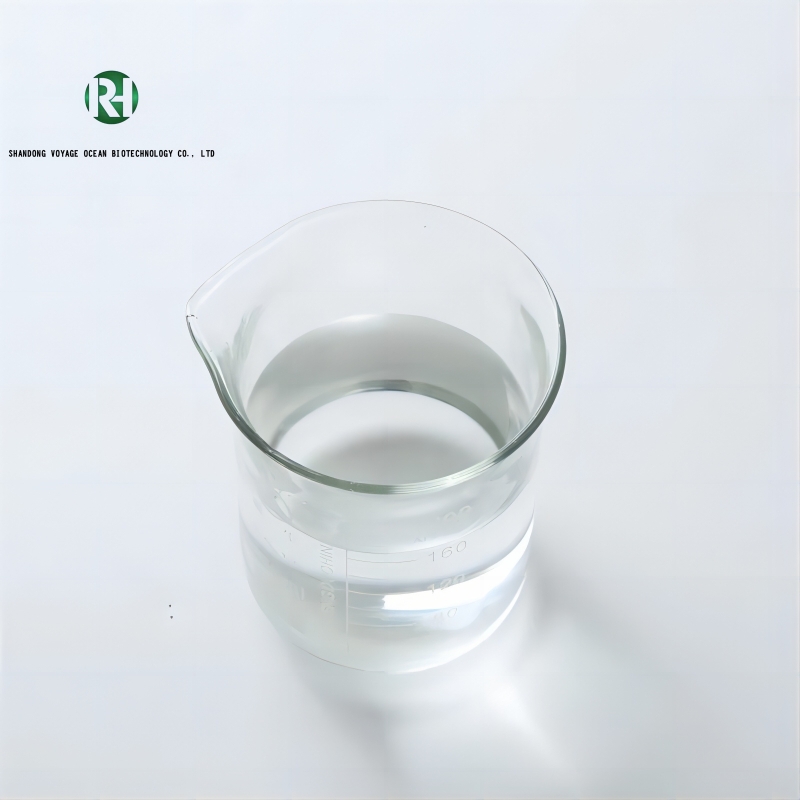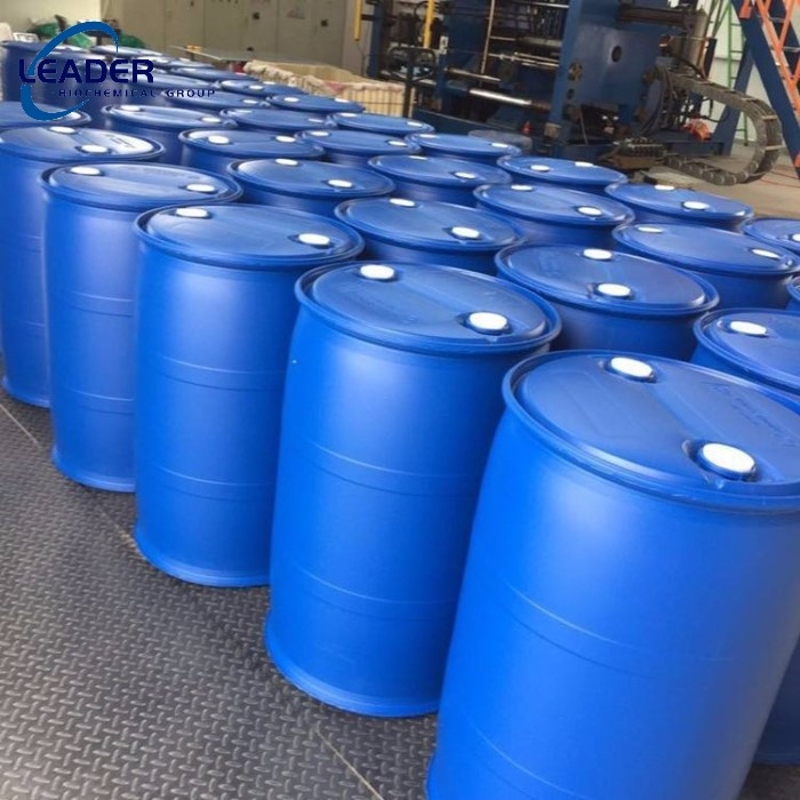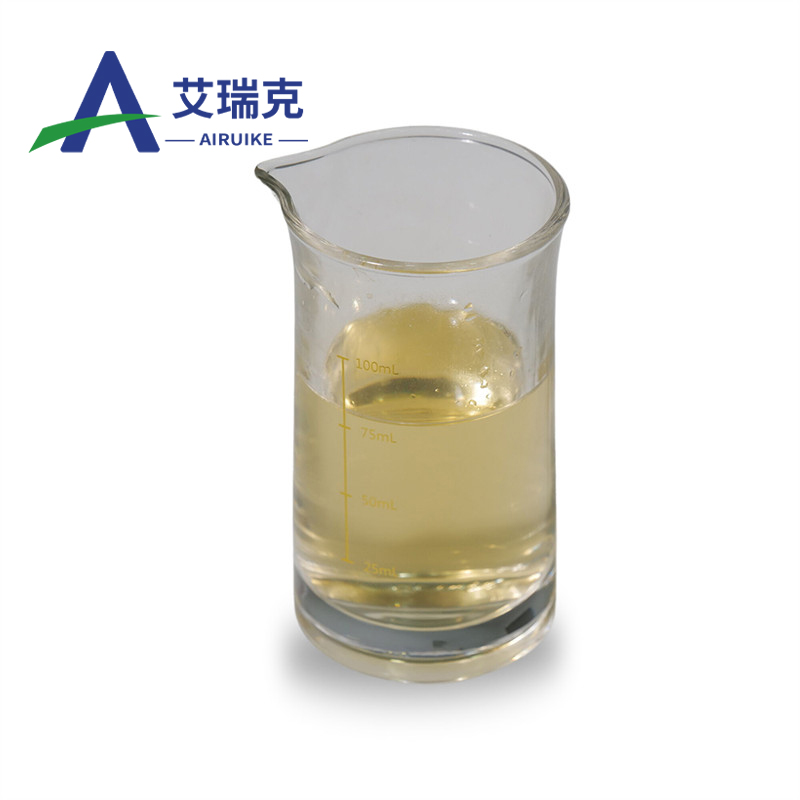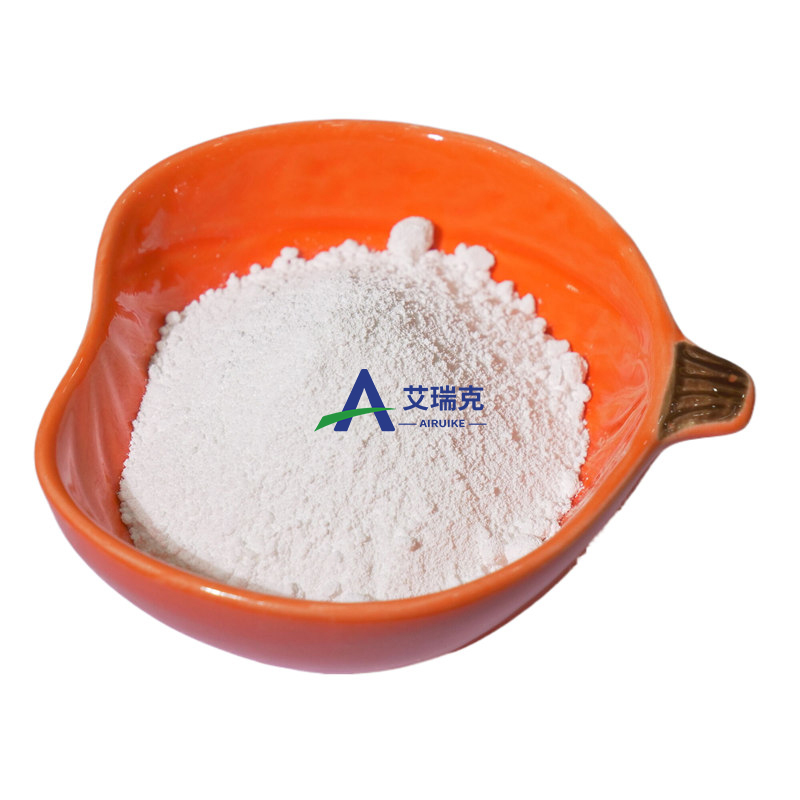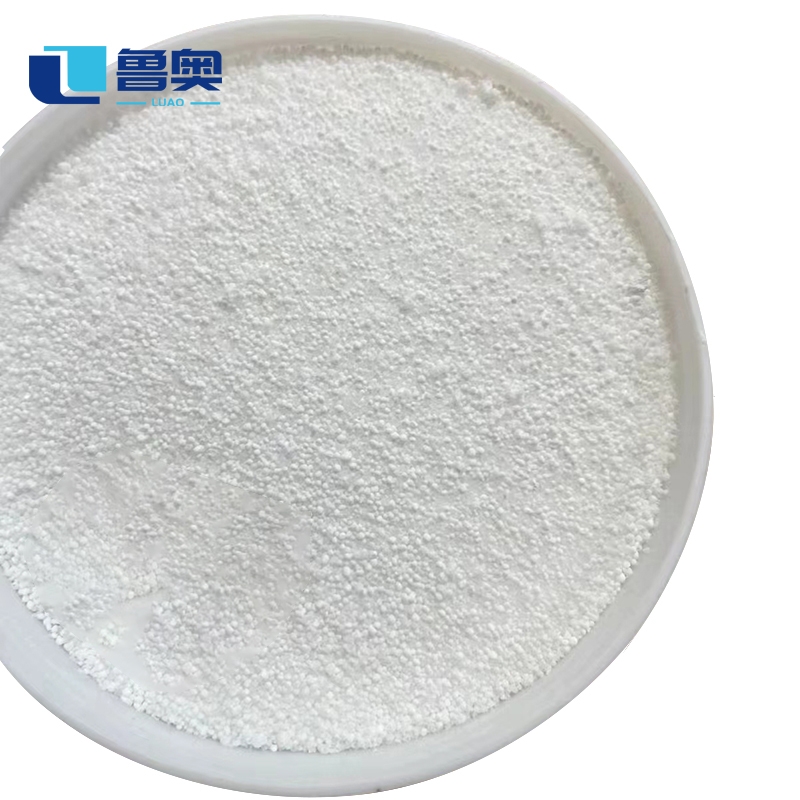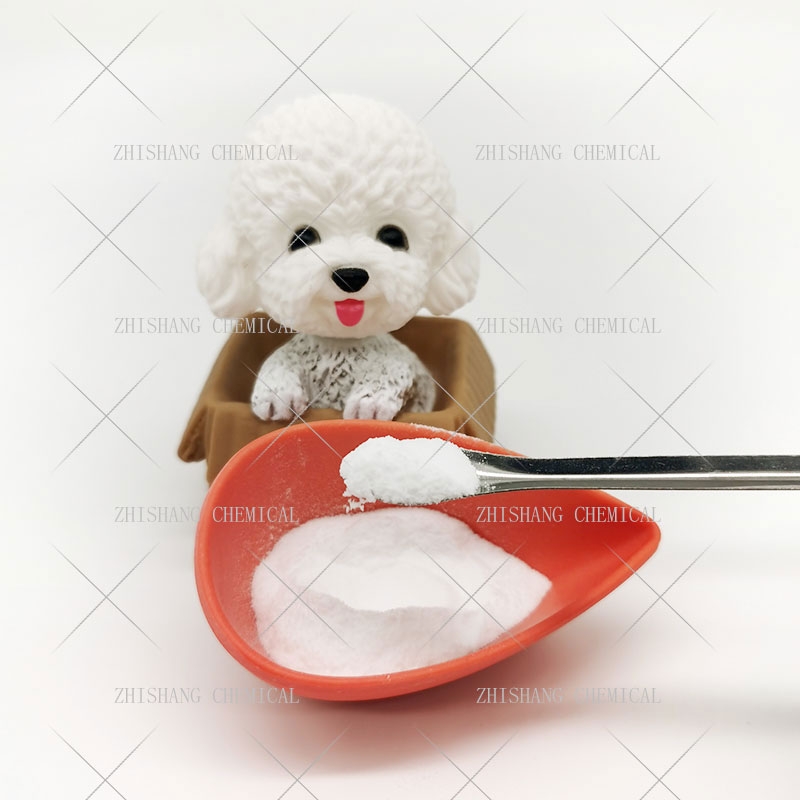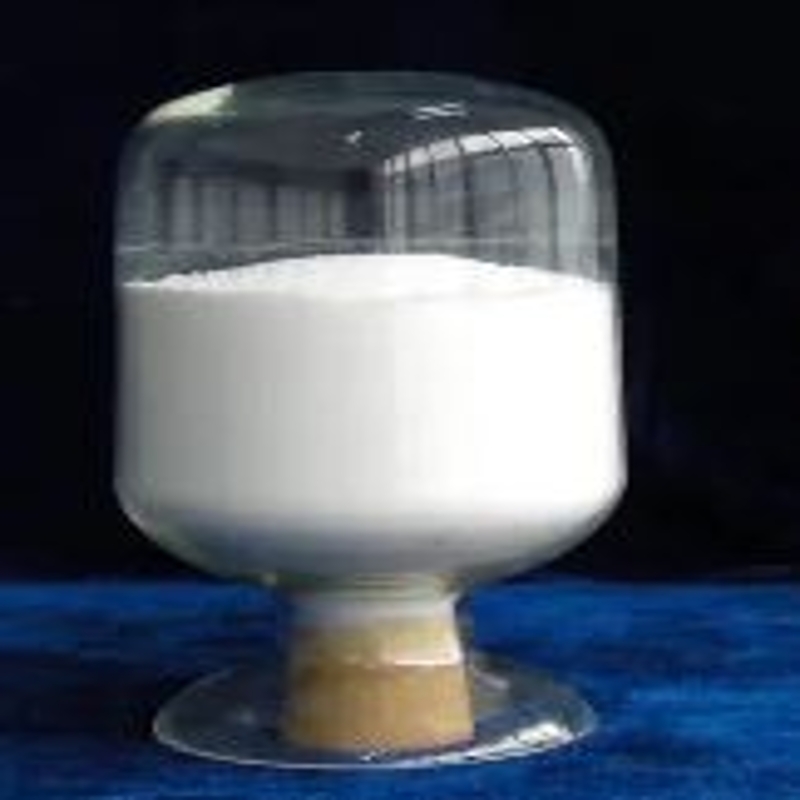Cosmetic Ingredient
- • Abrasive (124)
- • Absorbent (84)
- • Anticaking (66)
- • Anticorrosive (25)
- • Antifoaming (19)
- • Antimicrobials (290)
- • Antioxidant Ingredient (393)
- • Antiperspirant (20)
- • Antiplaque (48)
- • Anti-seborrheic (38)
- • Anti-sebum (39)
- • Antistatic (458)
- • Astringent (162)
- • Binding Agent (172)
- • Bleaching Agent (53)
- • Buffering (191)
- • Bulking (109)
- • Chelating (122)
- • Cleansing (679)
- • Cosmetic Colorant (212)
- • Cosmetic Preservative (158)
- • Denaturant (45)
- • Deodorant (98)
- • Depilatory (27)
- • Dissolving Agent (298)
- • Emollient (795)
- • Emulsifying Agent (480)
- • Emulsion Stabilising (154)
- • Exfoliating (19)
- • Film Forming (299)
- • Flavouring (72)
- • Foam Boosting (161)
- • Foaming (101)
- • Fragrance Ingredient (726)
- • Gel Forming (19)
- • Hair Conditioning (670)
- • Hair Dyeing (363)
- • Hair Fixing (36)
- • Hair Waving or Straightening (45)
- • Humectant (282)
- • Hydrotrope (92)
- • Keratolytic (20)
- • Light Stabilizer (80)
- • Moisturising Agent (50)
- • Nail Conditioning (42)
- • Occlusive (20)
- • Opacifying (119)
- • Oral Care (123)
- • Oxidising (19)
- • Perfuming (2105)
- • Plasticiser (98)
- • Propellant (19)
- • Reducing (50)
- • Refatting (12)
- • Refreshing (26)
- • Skin Cleansing (388)
- • Skin Conditioning (1751)
- • Skin Humectant (21)
- • Skin Protecting (282)
- • Smoothing (31)
- • Soothing (71)
- • Tonics (155)
- • UV Filter (34)
- • Viscosity Controlling (532)
Chemicals as Skincare Ingredients
Related News
-
Price Surge Alert as Major Suppliers Increase Barium Sulfate Costs by 200 Yuan per Ton
2025-03-20 -
Shell Considers Partnering with the U.S. and Closing European Chemical Assets
2025-03-26 -
Quaker Houghton Acquires Dipsol Chemicals, Strengthening Advanced Solutions Portfolio
2025-03-27 -
AstraZeneca to Invest $2.5 Billion to Establish Global Drug R&D Center in Beijing
2025-03-25 -
Saudi Aramco CEO: Invest in downstream projects in China's energy, chemical and other fields
2025-03-28 -
Dow's Silicones Downstream Expansion Project in Zhangjiagang Launches and Drives Market Innovation
2025-03-21
Hair Conditioning
Olive oil
(8001-25-0)-
Food Grade / 99%
-
- / 0.00%
-
- / 99.5%
-
Food Grade / 99%
Request for quotation , get quotes from more suppliers.
Oleuropein
(32619-42-4)-
Food grade / 6%
-
Pharmacy Grade / 99%
-
Food Grade / 10%
-
Pharmacy Grade / 99%
Request for quotation , get quotes from more suppliers.
Oils, basil
(8015-73-4)-
Flavors and Fragrances Grade / 99%
-
- / 0.00%
-
Top Product / 0%
-
Chemical Grade / 99%
$5-6/KG FOB
Request for quotation , get quotes from more suppliers.
Oils, geranium
(8000-46-2)-
Flavors and Fragrances Grade / 99.9%
-
Flavors and Fragrances Grade / 99%
-
-
- / 99.00%
Request for quotation , get quotes from more suppliers.
Octadecyltrimethylammonium bromide
(1120-02-1)-
-
- / 99.00%
-
Pharmaceutical Grade / 99%
-
pharmaceutical grade / 99.9%
Request for quotation , get quotes from more suppliers.
Source Hair Conditioning Products Supply
Oxaceprol
(33996-33-7)-
Cosmetics Grade / 99%
-
- / 99.00%
-
- / 98%
-
Industrial Grade / 99%
Request for quotation , get quotes from more suppliers.
Oils, olibanum
(8016-36-2)-
Cosmetics Grade / 100%
-
Industrial Grade / 99%
-
Food Grade / 99%
-
Food Grade / -
Request for quotation , get quotes from more suppliers.
Oils, grapefruit
(8016-20-4)-
Cosmetics Grade / -
-
- / 0.00%
-
Top Product / 0%
-
Pharmacy Grade / 100%
Request for quotation , get quotes from more suppliers.
Orange, sweet, ext.
(8028-48-6)-
Industrial Grade / 99%
-
Flavors and Fragrances Grade / 99%
-
Food Grade / 100%
-
Pharmacy Grade / 99%
Request for quotation , get quotes from more suppliers.
Octamethylcyclotetrasiloxane
(556-67-2)-
Industrial Grade / 99%
-
-
-
Request for quotation , get quotes from more suppliers.
More Information
A hair conditioner is a product used for hair care that can repair the cuticle scales on the surface of the hair, making it smooth and glossy. The cuticle of the hair looks like layers of fish scales under a microscope, which are also called cuticle scales. When shampooing, the cuticle scales open up, and if the wrong hair care product is used, the cuticle scales can become damaged. The main function of hair conditioner is to work on the surface of the hair, smoothing the damaged cuticle scales and creating a softening effect.
The conditioning ingredients adhere to the surface of the hair, forming a hydrophobic protective film around it. This makes the hair smooth and sleek, while also preventing external damage and reducing the loss of proteins and moisture from the hair shaft.
Key ingredients of hair conditioner include:
•Surfactants
•Cationic conditioners
•Emollients
•Oils










